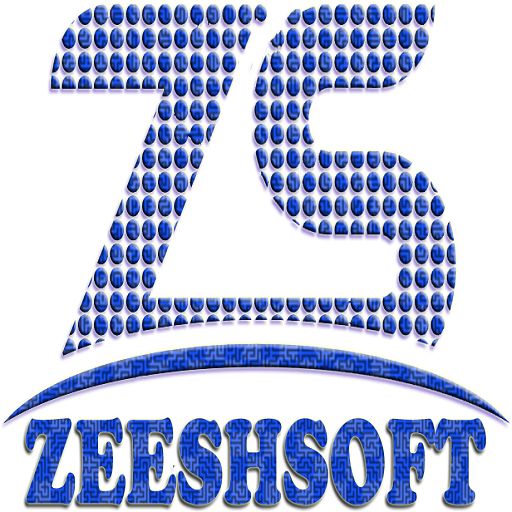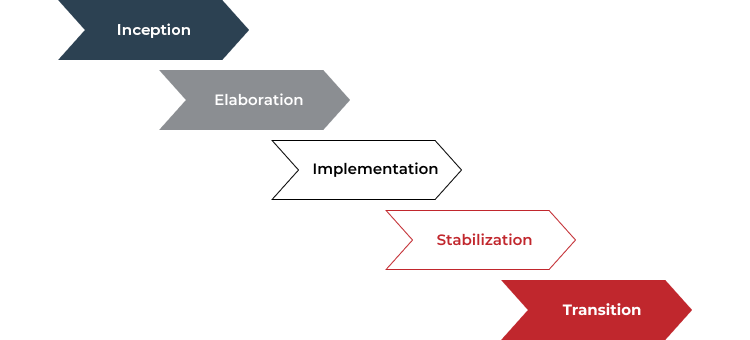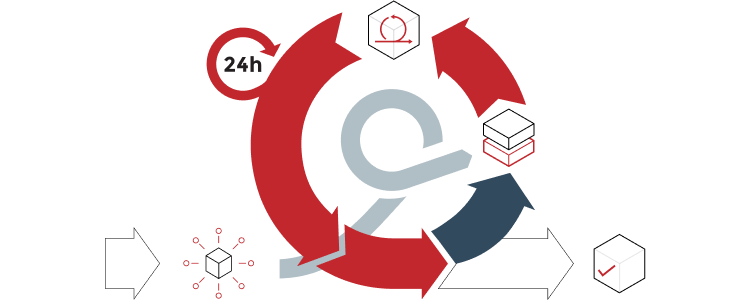Waterfall
In software development methodologies, the water model is considered as the fundamental concept. It clarifies the model of software into a linear flow manner. Each level will be beginning only after the completion of the current step which points to the fact that at any level, going back to the previous stages is impossible. Such a model could be well fit when:
- The technology is well understood and the project is short in duration.
- The requirements are not changed a lot even after the development begins.
- The budget control is of paramount importance, and the budget of a project is fixed.


